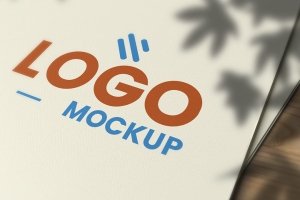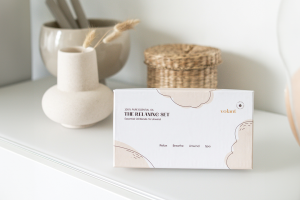 You don’t have to look far in the world of marketing advice before you’ll see someone offering this advice: Focus on benefits, not features. It’s probably the most common advice given to and by marketing experts to small business marketers.
You don’t have to look far in the world of marketing advice before you’ll see someone offering this advice: Focus on benefits, not features. It’s probably the most common advice given to and by marketing experts to small business marketers.
The reasoning is solid. Features are about your product, and benefits are about how your product helps the customer. Since the customer cares only about how you can help her, you should focus on the benefits.
We don’t disagree.
Read just about any article about features and benefits and you’ll see something like this list that shows the difference between the two:
Feature: Only 100 Calories!
Benefit: Enjoy a tasty treat without the guilt!
Feature: 1080p High Definition Display
Benefit: See Every Detail in Perfect Clarity!
So far, so good.
But somewhere along the line, features got a bad rap.
Too many experts suggest that you stop talking about features and focus on benefits. What a lot of small business owners hear is: no one wants to hear about features. Talk only about benefits.
That’s bad advice.
To show you why, let’s go back to the first example on the list above. Imagine an advertisement for brownies. The ad has a beautiful picture (like the one to the left), showing how delicious this dessert is. And the benefit-focused headline says: Enjoy a Tasty Treat without the Guilt!
What’s your first reaction as a jaded consumer?
Mine is: “Yeah, right. Prove it.”
And that’s what features do that benefits can’t. Features are the proof.
If the ad includes a product feature like: Contains just 100 calories thanks to safe sugar substitutes, it is easier for the customer to believe the benefit (great taste, no guilt).
Without the features, you’re asking your customer to trust you—and many consumers simply don’t trust businesses to tell the truth (with good reason).
Often customers decide what they want to buy entirely on their emotional response to a product. Features give them rational reasons to support their emotional purchase decision. For example:
 Your customer needs a new television. He does his homework—looking at plasmas, LEDs, and HDs, and finds several televisions that look pretty good. The options include screens with resolutions at 720p and 1080p—both of which will help him see every detail in perfect clarity (the benefit). He’s on a limited budget, but he really likes the look of the 1080p television. The higher resolution TV is more expensive and is probably more than he should afford. But when he compares the features, he quickly sees that the television with 1080p has more pixels (360 more!) and that sounds better, almost 50% better. Because he perceives more to be better, he’s willing to buy the more expensive television, even though his cable signal isn’t broadcast in a resolution high enough to take advantage of the extra pixels.
Your customer needs a new television. He does his homework—looking at plasmas, LEDs, and HDs, and finds several televisions that look pretty good. The options include screens with resolutions at 720p and 1080p—both of which will help him see every detail in perfect clarity (the benefit). He’s on a limited budget, but he really likes the look of the 1080p television. The higher resolution TV is more expensive and is probably more than he should afford. But when he compares the features, he quickly sees that the television with 1080p has more pixels (360 more!) and that sounds better, almost 50% better. Because he perceives more to be better, he’s willing to buy the more expensive television, even though his cable signal isn’t broadcast in a resolution high enough to take advantage of the extra pixels.
The feature information helps the customer to justify spending more on his purchase, because it gives specifics to back-up the benefit claim—of course more pixels help him see every detail in perfect clarity.
The Truth about Features and Benefits
When it comes to features versus benefits, it’s not either/or. It’s both. So by all means figure out how your customer benefits from your product—and tell them. Then back it up with features that help them understand, believe, and justify their purchase.
Photo credit: Lorenzo Sernicola via photopin cc



